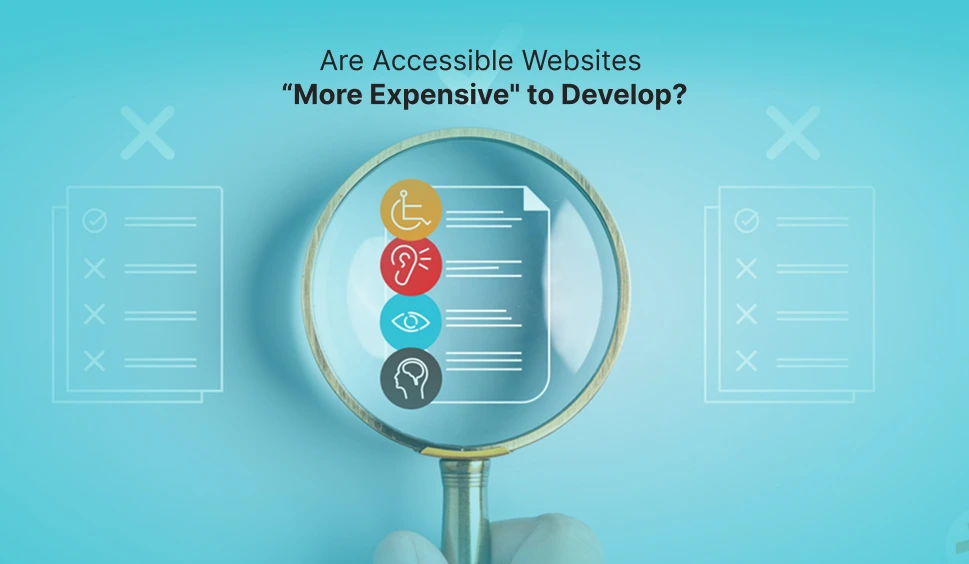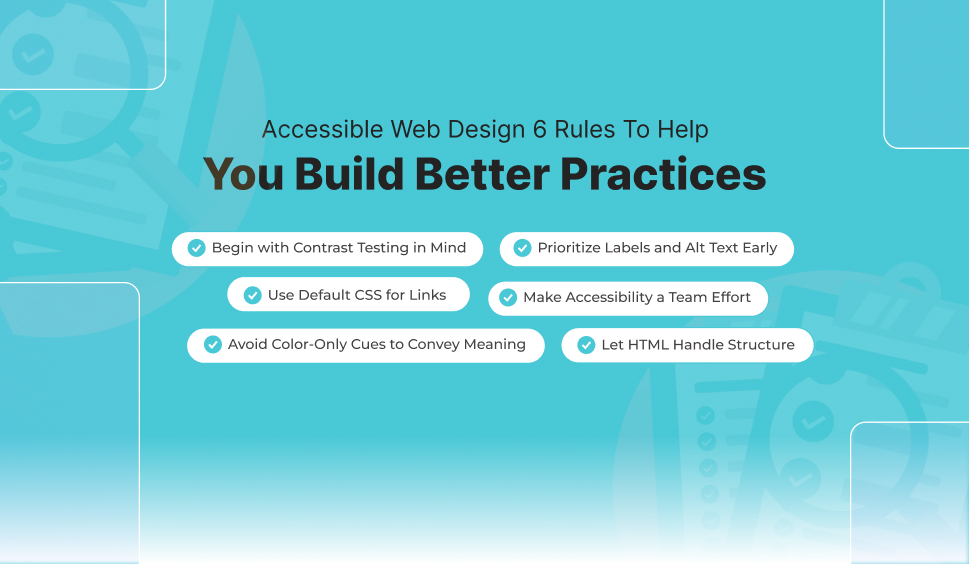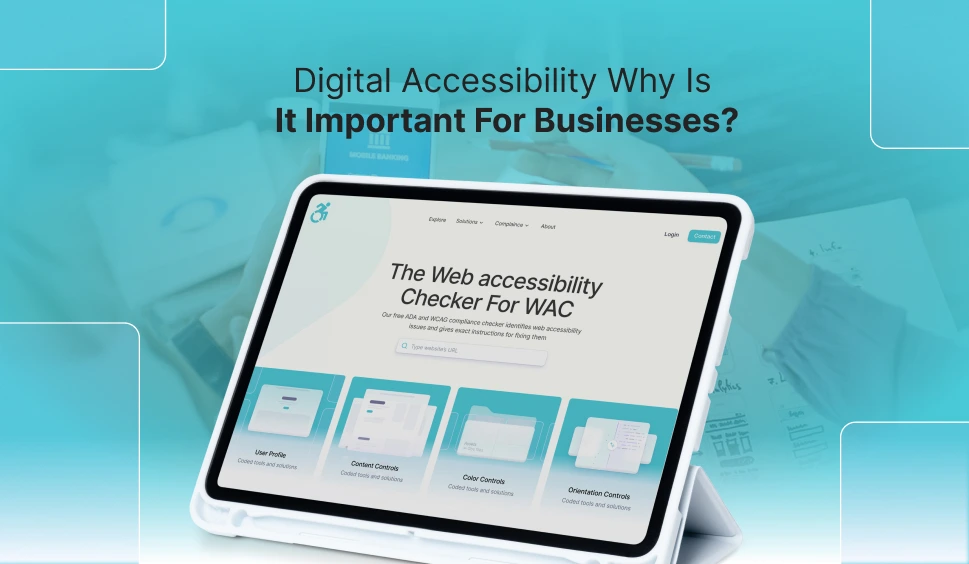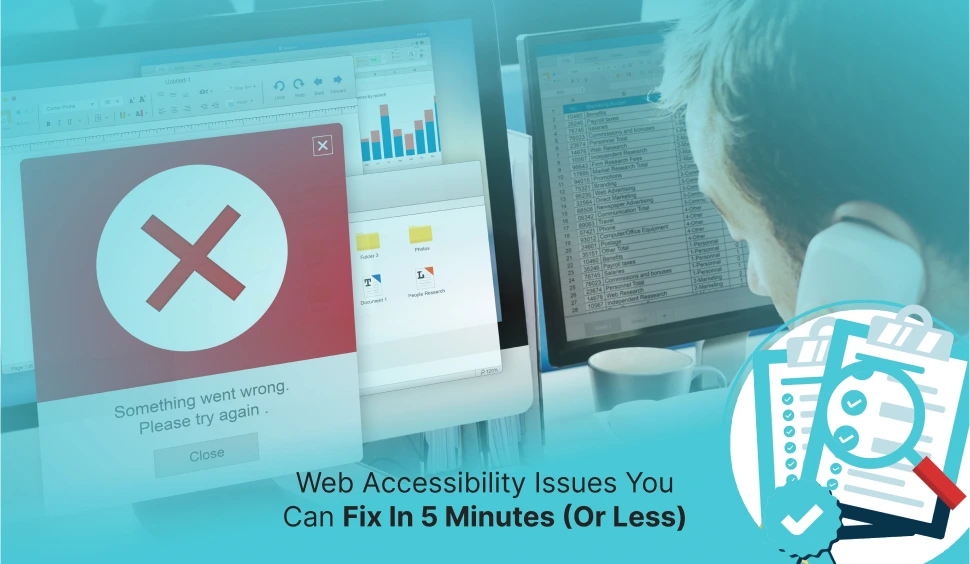
Are Accessible Websites More Expensive To Develop
Developing a brand-new website for your business will cost you some money because you will be required to hire developers, designers, and perhaps a search engine optimization (SEO) expert or two. However, when it comes to website accessibility, ensuring you follow the best practices will save you a lot of money.
An Accessible Website Shouldn’t Cost Much More Than An Inaccessible Website
One of the most common myths related to accessibility is that it means including “unnecessary” features that re not right to almost all of your audience. That could mean an on-page text-to-speech reader, or a widget that magnifies content for low-vision users, it may mean providing users direct management of the website’s typeface, color scheme, and font size.
All of those enhancements could be valuable for some users, and with some tools, they are fairly effortless to execute. However, those additional features are not rigorously required for most websites as you are simply required to build high-quality, inclusive content.
Designing with accessibility in mind allows users to modify the content as needed using their own tools. They can navigate your information using keyboards (without a mouse), screen readers, and screen magnifiers.
That is to say, you do not have the luxury of offering individuals new assistive technology! All you have to do is offer material suitable for the current tools. Writing clean code and markup and choosing accessible design options are all that are required; it’s not a very costly process.
Best Practices Of WCAG That Make Your Website Cost-Efficient In The Long Run
The World Wide Web Consortium’s (W3C) Web Content Accessibility Guidelines (WCAG) are the accessibility standards. The W3C is the same body that releases HTML5 and other web technology standards, and WCAG is closely linked to those standards as well.
Here are the WCAG standards that help you save cost:
-
WCAG SC1.1.1, Non-Text Content
Offering text alternatives for images is a significant content process that benefits search engine optimization (SEO), and it only takes a few seconds per image to write correct alt text.
-
WCAG SC 1.4.3, Contrast (Minimum)
Selecting color combinations with the right contrast during the initial design phase is quite easy when you use tools such as AudioEye’s Color Contrast Checker. A designer must be aware of the significance of color contrast to make good decisions.
-
WCAG SC 2.4.6, Headings and Labels
Effective development is comprised of using proper semantic HTML for headings and forming labels from the outset. It does not take more time than using non-semantic elements, but it widely enhances structures and navigation.
-
WCAG SC 2.1.1, Keyboard
The time required to fix inaccessible components later is far greater than the time required to incorporate keyboard operability into interactive sections from the beginning using standard development approaches.
-
WCAG SC 2.4.2, Page Titled
As pages are created, it’s quick and easy to define distinct and understandable page titles, which are crucial for accessibility and SEO. It adds virtually no extra time to the development workflow, but remediating a website with hundreds of poor page titles could be expensive.
Normally, there are certain WCAG criteria that come with a cost, especially if your website is filled with complex content. But even if you are designing a web app or something parallel, you will save money in the long term with the use of clean, semantic markup. All websites ultimately must be upgraded or reformed; though, from a development standpoint, inclusive content is much more effortless to work with.
While Accessibility Comes With Some Cost, It’s An Investment That Pays Off.
Ignoring accessibility only delays unavoidable expenses and runs the danger of offending a sizable percentage of potential clients. It doesn’t save money. It’s just smart business to start from scratch when creating an inclusive website.
Why Choose WAC?
WAC makes web accessibility cost-efficient by offering tools such as real-time monitoring, detailed audits, and an easy-to-use widget that streamlines compliance from the beginning. By following WCAG best practices, WAC helps you build accessible websites without additional development costs, saving time, evading expensive fixes later, and generating inclusive experiences from day one.
 Let's Discuss Your Tech Solutions
Let's Discuss Your Tech Solutions 




